Chapter 12. Astronomy and Medicine
Perhaps by understanding the Druids we can finally discover the true purpose of stone circles. For over three millennia these megalithic monuments continued to be used, despite successive waves of migrants settling throughout the British Isles: the Beaker people, the Wessex culture, and the Urnfield and Hallstatt Celts. By the time the first written records appeared concerning Britain, and later Ireland, those who officiated at whatever practices took place at stone circles were called Druids, and, from the assorted evidence examined in the last two chapters, they appear to have been an elite caste descended from a distinguished class amongst the Neolithic residents of the British Isles.
Hippolytus of Rome likened the Druids to the contemporary Brahmins of India: a priestly caste only permitted to procreate with one another (see chapter 11). But there was one big difference between these two sects from opposite sides of the known world. The Brahmins were the Hindu elite amongst a Hindu population, whereas in the British Isles the Druids seem to have held markedly different religious views to the rest of society. According to Julius Caesar, the Celts worshiped a variety of gods, the chief of which he equates with the Roman Mercury, the guider of souls to the underworld. The Druids, on the other hand, venerated a different god which Caesar likens to Apollo, a solar deity who was additionally the god of prophesy and healing. Diodorus Siculus also implies that their god was similar to Apollo. When referring to the circular temple that seems to have been Stonehenge (see chapter 9), he tells us that it was sacred to this sun god and that the priesthood who gathered there were devotees of this deity.
The Druids, it seems, maintained independent religious concepts to those of the general population of the British Isles and, judging by their funerary customs, they--or by whatever name they were originally known--had done so right from the time the first wave of migrants, the Beaker people, had arrived. They were not only tolerated by newcomers, they were respected, venerated, and held in the highest esteem; even accepted as a kind of judiciary. This all seems a most unlikely scenario--comparable, perhaps, to Catholics, Protestants, and Muslims all revering an autonomous Jewish elite--unless, that is, the Druids served an invaluable function for the wider society which was of a practical rather than a religious nature. So, were the Druids really the priesthood of the Celts? Or were they something else, perhaps more akin to an academic or learned institution of some kind, “living libraries” with wisdom, knowledge, and skills deemed essential to everyday life?
Early Irish literature is full of accounts of Druids predicting such matters as military defeats and victories, calamities or achievements, and plentiful or disastrous harvests. The Greek and Roman writers also refer to this role. Diodorus Siculus describes the Druids as diviners and foretellers of impending events, and Hippolytus of Rome tells us, much to his distaste, that “the Celts esteem these [Druids] as prophets and seers.” He goes on to explain that their predictions were based on certain mathematical calculations, which the Roman writer Lucan additionally reveals were related to the movement of heavenly bodies. However, you wouldn’t actually need a stone circle to perform astrology.
There was, however, another role the Druids performed that must have been of far greater significance than their function as astrologers, and one which might indeed have necessitated the use of stone circles as stellar observatories: that of healers. We have already seen how early Irish literature portrays healing as the prerogative of the Druids, and how archaeology has indicated that these people were indeed physicians. Discoveries of what were clearly surgical instruments found in Druid tombs, such as the Stanway site, show an astonishing degree of medical knowledge (see chapter 11). Saws for amputations, scalpels for surgery, various types of forceps for removing foreign objects from the body and to aid in childbirth, pliers for tooth extractions, slender needles for stitching wounds, and many more. The kind of tombs in which these Druids were buried and such instruments found were not an Iron Age innovation, but had been constructed for centuries before the Celts arrived in the British Isles: the unusual box tombs.
Box tombs nearly always contain plants that are toxic, foul tasting, or virtually inedible under normal circumstances. Most of them even lack narcotic effects that might have been used as recreational drugs or to induce visions. Their only conceivable uses, it seems, would have been medicinal. And the box tombs that uniquely contained such materials appear to have been those used exclusively for the interment of Druids and their elite caste of predecessors. Many of the plant extracts found in these box tombs are highly toxic and, for them to perform their curative functions, they not only needed to be prepared according to a precise and careful formula, but required being harvested at a very specific time. The chemical continuants of live vegetation alter consistently depending on their annual cycle, and sometimes even depending on the time of day or night. You would need to know exactly when to cut, pick, or extract the necessary components. It would have taken a great deal of training to become a prehistoric physician; to learn all the plants, their uses, cultivation methods, and times of harvesting. Creating these herbal remedies would have been an extremely complex and exact procedure, and, remarkably, the cultivation and harvesting of vegetation for medicinal purposes may actually explain why stone circles were built.

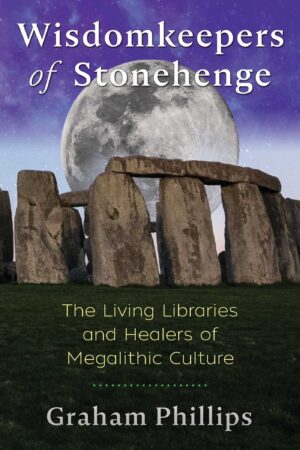

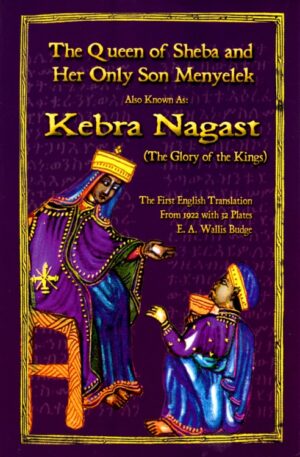

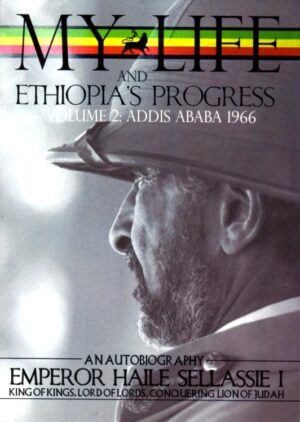
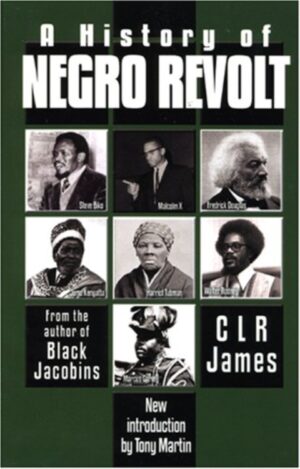
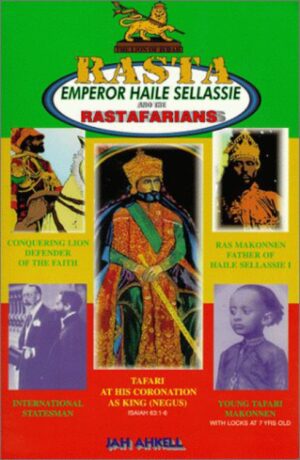






Reviews
There are no reviews yet.